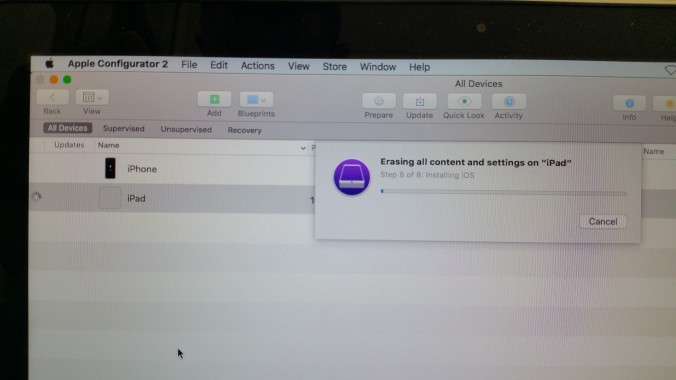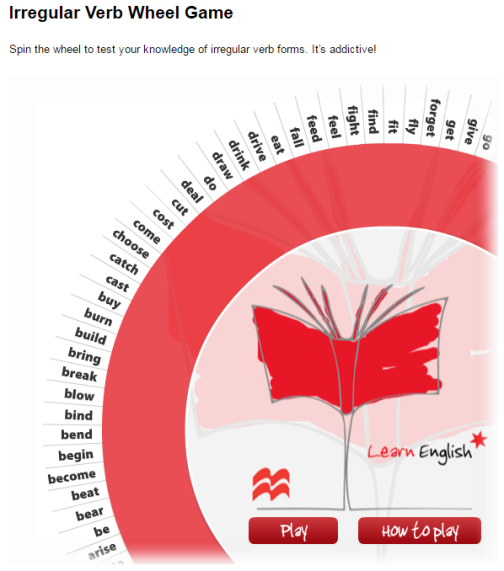(Not that I have noticed, anyway.)
Most coursebooks will contain, in some form, the following information about relative pronouns:

So far, so good . . . until a student brings up a case like the following:
The year 1840 was the final year of convict transportation to Sydney, which by this time had a population of 35,000. (formatting added)
Sydney is a “place”, so–the student will reason–the pronoun in the relative clause highlighted above should be where, right? Wrong . . . but before we examine why, let’s first have a look at a sentence which uses the relative pronoun where appropriately.
So the greatest sporting event on the planet did not take itself too seriously: that was never going to be the way in Sydney, where men dance with lawnmowers and a merry cynicism is bred in the bone. (formatting added)
It all depends upon how we conceptualise “Sydney.” In the second example, we’re thinking of Sydney as the location of an action: an action takes place there (namely, men dancing with lawnmowers and a merry cynicism being bred in the bone–sounds like the place to be).
In the Wikipedia extract, however, Sydney is not a location but a “thing” that can be the subject or object of an action. In this case, “Sydney” is the subject, represented in the relative clause by which, and the “action” is “had a population of 35,000.” (Not the most accurate nomenclature, I know, but there’s no need to go into action verbs vs state verbs here.)
In short, if Sydney is the setting of the story, we use where; but if Sydney is a character in the story, we use that or which.
It’s not that difficult to explain to students–I recommend using several examples to highlight the contrast–but I’ve yet to come across a textbook that addresses this point. Perhaps textbook writers are worried about confusing learners; or perhaps I just haven’t encountered enough textbooks.




